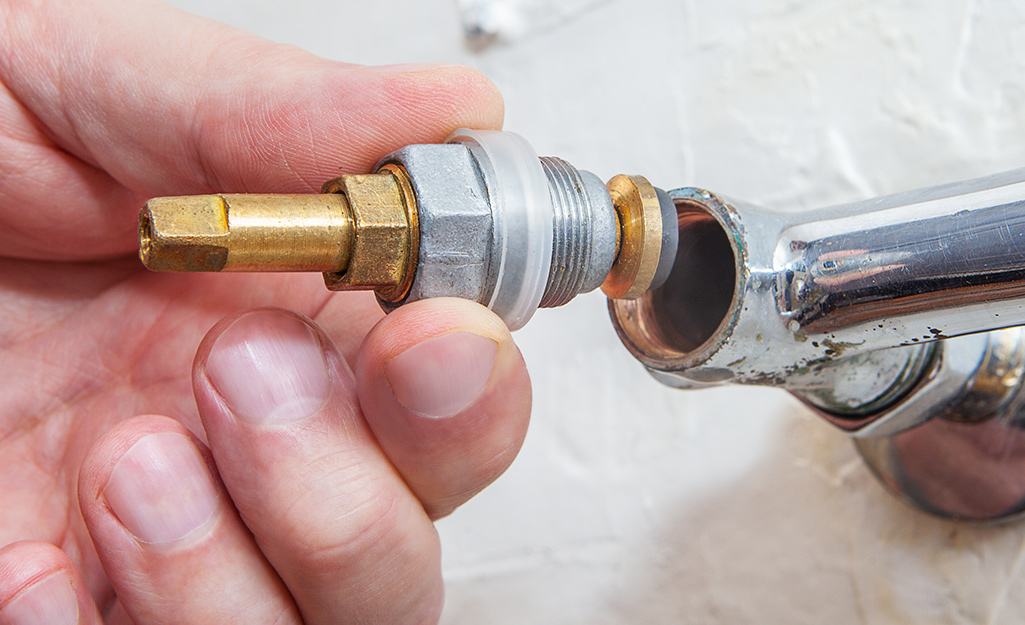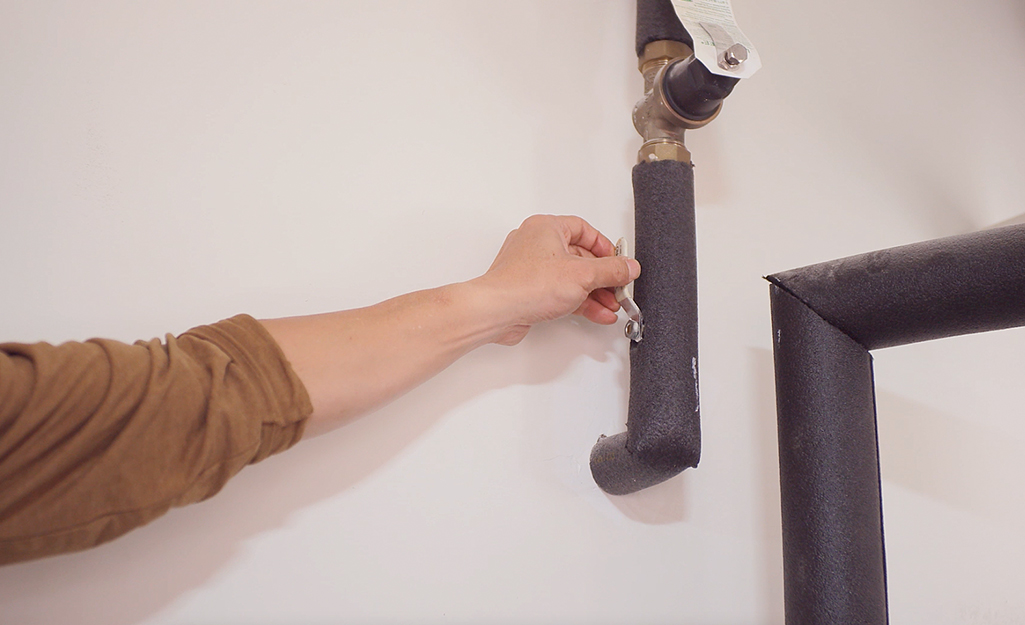How It's Crucial to Repair a Malfunctioning Faucet
How It's Crucial to Repair a Malfunctioning Faucet
Blog Article
This article down below in relation to Why Are My Faucets Dripping (And Can I Fix It Myself)? is without a doubt motivating. You should give it a look.

Leaking faucets might seem like a minor aggravation, yet their impact surpasses simply the inconvenience of the sound. From drainage to incurring unnecessary economic expenses and health and wellness dangers, disregarding a dripping faucet can cause numerous effects. In this article, we'll delve into why it's crucial to address this usual household problem without delay and efficiently.
Wastefulness of Water
Environmental Impact
Dripping taps contribute significantly to water wastage. According to the Epa (EPA), a solitary faucet dripping at one drip per secondly can throw away more than 3,000 gallons of water each year. This not just stress water resources however additionally influences ecological communities and wild animals based on them.
Step-by-Step Guide to Fixing a Dripping Faucet
Tools Called for
Prior to trying to take care of a dripping tap, gather the necessary devices, including a flexible wrench, screwdrivers, substitute parts (such as washing machines or cartridges), and plumber's tape.
Usual Tap Issues and Their Solutions
Identify the type of faucet and the specific issue causing the drip. Typical troubles include worn-out washing machines, rusty valve seats, or malfunctioning O-rings. Describe supplier directions or on the internet tutorials for step-by-step guidance on repairs.
Financial Costs
Raised Water Expenses
Beyond the ecological impact, trickling faucets can inflate water expenses substantially. The collected wastage in time equates into greater utility expenditures, which might have been stayed clear of with prompt repair work.
Possible Building Damage
In addition, prolonged dripping can cause damage to components and surfaces surrounding the tap. Water accumulation can cause discoloration, deterioration, and even architectural issues if left neglected, leading to added repair prices.
Health Worries
Mold and Mold Development
The constant visibility of wetness from a leaking tap creates an ideal environment for mold and mildew and mildew development. These fungi not only jeopardize interior air top quality however also pose health and wellness dangers, particularly for individuals with respiratory system conditions or allergic reactions.
Waterborne Diseases
Stagnant water in trickling taps can become a breeding place for germs and other pathogens, boosting the risk of waterborne illness. Pollutants such as Legionella germs flourish in stagnant water, potentially leading to severe illnesses when consumed or inhaled.
DIY vs. Professional Repair work
Benefits and drawbacks of Do It Yourself Repair Service
While some may try to fix a trickling tap themselves, do it yourself repair work include their own collection of challenges. Without correct understanding and devices, DIY efforts can intensify the issue or result in insufficient repairs, prolonging the trouble.
Advantages of Hiring a Specialist Plumber
Hiring a professional plumber guarantees that the underlying cause of the leaking tap is addressed successfully. Plumbings possess the expertise and equipment to identify and fix tap concerns successfully, conserving time and decreasing the threat of more damage.
Ecological Duty
Private Contribution to Preservation
Taking responsibility for repairing dripping faucets aligns with broader efforts toward water conservation and environmental sustainability. Every individual's activities collectively make a significant impact on maintaining precious resources.
Sustainable Living Practices
By focusing on prompt fixings and embracing water-saving routines, individuals contribute to lasting living techniques that benefit both present and future generations.
Preventive Measures
Normal Maintenance Tips
To avoid leaking faucets, carry out routine maintenance such as cleaning aerators, evaluating for leakages, and replacing damaged parts immediately. Additionally, take into consideration mounting water-saving tools or upgrading to a lot more reliable fixtures.
Value of Prompt Repairs
Addressing leaking taps as quickly as they're discovered protects against additional water wastefulness and possible damages, ultimately conserving both water and cash in the future.
Effect On Residential Or Commercial Property Worth
Understanding of Well-Maintained Property
Preserving a residential or commercial property in good condition, consisting of attending to upkeep issues like trickling taps, enhances its perceived value and worth among possible customers or occupants.
Impact on Resale Value
Properties with properly maintained plumbing components, consisting of faucets, command greater resale values in the property market. Addressing leaking taps can add to a favorable perception during residential property evaluations and arrangements.
Final thought
Attending to a leaking tap exceeds plain ease; it's an essential step towards preserving water, reducing financial costs, and protecting health and residential property. Whether with DIY fixings or specialist aid, taking action to take care of dripping taps is a small yet impactful method to promote responsible stewardship of sources and contribute to a healthier, a lot more lasting future.
Most Common Reasons for a Leaky Faucet and How to Stop the Drip
Whether it’s your kitchen faucet leaking or a bathroom faucet leaking, one leaky faucet can waste anywhere from three to 30 gallons of water every single day. If the constant drip-drip-drip doesn’t get your attention, your water bill will. The good news is that, by following a few simple steps, chances are pretty good you can fix the problem yourself.
Why is it dripping?
Before you start taking things apart, let’s break down some of the most common causes of a leaky faucet.
Bad O-ring.
A cartridge is a valve that controls the flow of water into the faucet spout. On cartridge faucets there’s an O-ring—the little disc attached to the stem screw that holds the faucet handle in place. If it’s loose or worn-out, it can cause your sink handle to leak. Of course, the cartridge itself could be worn out. If that’s the case, make sure you replace it with the exact same kind.
Corroded valve seat.
The valve seat connects the faucet and the spout. If the leak seems to be coming from the spout, it might be because a buildup of water sediment has corroded the valve seat.
Worn-out washers or seals.
A leaky spout could be caused by a bad washer that rests against the valve seat. It’s just a matter of time before friction takes its toll. It could also be the wrong size washer or one that’s been installed incorrectly. Water sediments can also corrode inlet and outlet seals.
Water pressure.
If the faucet only drips now and then, or when you turn the handles a certain way, you should probably check your home’s water pressure.
Loose or broken parts.
The adjusting ring and packing nuts in the stream screw can become loose over time, causing your sink handle to leak. Try tightening or replacing the packing nut. If the leak is coming from the pipes underneath the sink, you probably have a broken pipe or fitting. If that’s the case, you should definitely call a plumber.
Know your faucet.
Faucets come in a variety of types. Each one has its own assembly—and its own possible causes of leaks. Learning about the four most common kinds of faucets will help you know how to take them apart and make any repairs.
How to stop a leaky faucet
Fixing that leaky faucet doesn’t have to take a lot of time, money, or expertise. It’s usually a simple matter of replacing a worn-out washer or gasket, a loose O ring, or another part. Chances are really good you can do this yourself if you follow these simple steps.
Shut off the water.
Before you tackle the faucet, cut off the water supply to the sink. There should be one valve for hot and one for cold. Hand-turn them clockwise with your hands till they close. If there are no valves under the sink, head to the basement and shut off the main water supply to the house. Then turn on the faucet until it empties out the water that’s still in the line and you’re ready to start. It’s a good idea to cover the sink drain with a plug or a rag so you don’t lose any small pieces and parts while you’re working.

We hope you enjoyed our topic on . Thank you for taking a few minutes to read through our article. Those who enjoyed reading our article plz remember to pass it around. We appreciate your readership.
Report this page